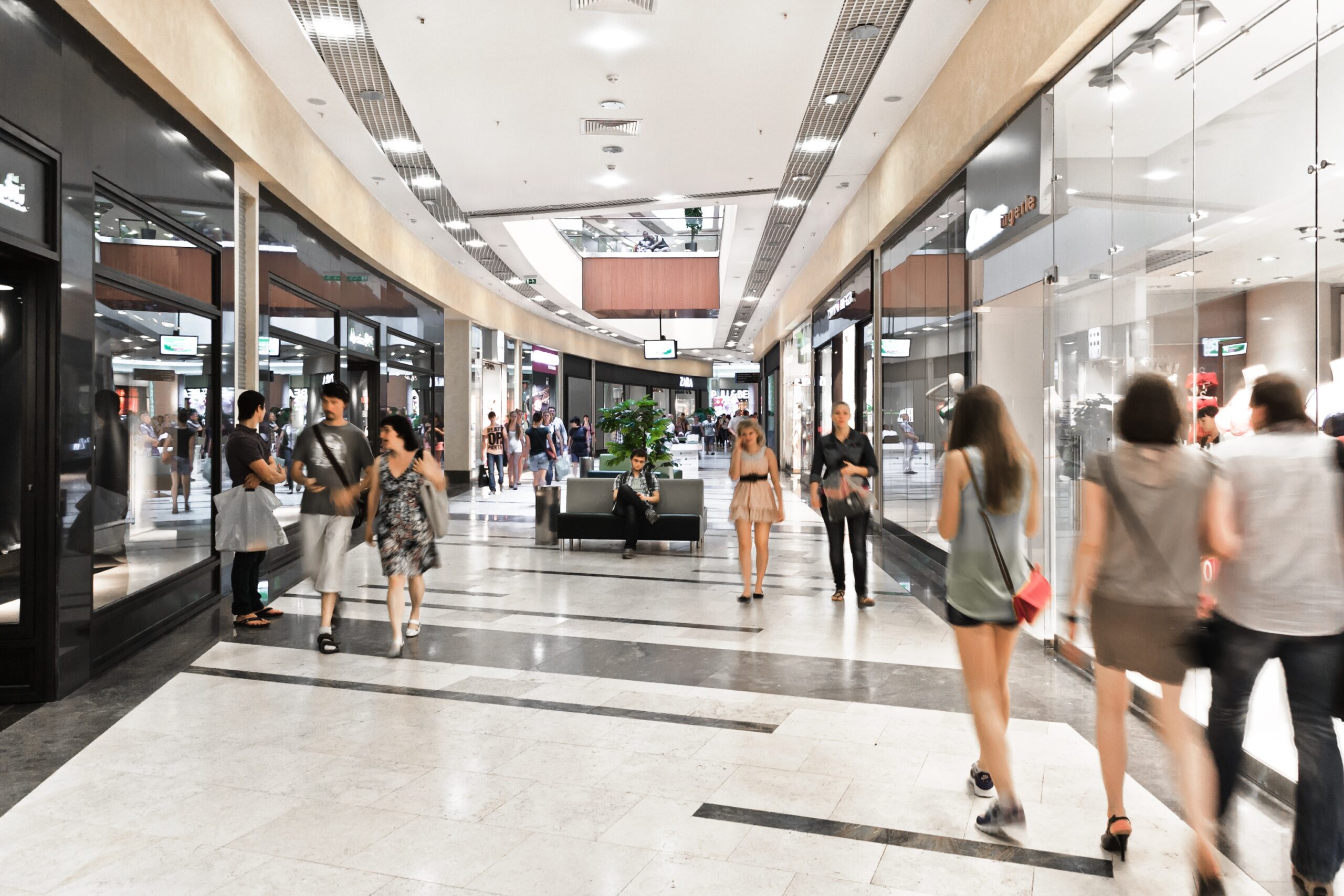
Shopping centres including Chadstone along with ones managed by AMP & Scentre continue to receive revamp investment. This is upping the experience and convenience, making it harder for strips to compete for your business.
As of May 2017, 10.2% of the Australian workforce was employed by the ‘Retail Trade’ sector, and of this two thirds were employed in shopping centres.
Shopping strips including Bridge Road and Chapel Street that not long ago flourished are now experiencing high vacancy rates. With these and other strips losing tenants to malls, outlets and online, change is inevitable.
Within the last 12 months this affect has been compounded with less foot traffic pushing up vacancy rates. Bridge Road Richmond at last check had a vacancy rate around 21% equating to 1 empty store for every 5 stores.
So what does the future hold for shopping strips and are they doomed to become ghost towns?
Well change is already underway- an estimated 40 vacant shops on Bridge Road Richmond are being replaced by apartments. With housing prices sky rocketing in many Australian cities, higher density housing is becoming the norm.
A number of Victorian councils have eased previous height restrictions seeing retail land and residential apartment development boom. Some strips are seeing multiple developments within walking distance of each other housing 41-96 apartments each. And this spans to suburban living 20+klms out of main cities.
Could this be the golden goose these strips have been waiting for to turn things around?
New housing development is seeing house block sizes shrink from 700sqm to sub 300. It’s no surprise that higher density hubs are set to change suburban living expectations. These hubs deliver easy living through low maintenance and high convenience environments. As living density grows, this will likely become the norm and reduce the need to travel to shopping centres.
While the business types these strips house will vary based on location; being within walking distance of high density apartments will mean businesses that are complimentary to these potential customers will without doubt flourish.

Strips including Moonee Ponds’ Puckle Street, Armadale’s High Street and South Yarra’s Chapel Street are all earmarked for residential apartment projects.
While vacancy rates are up and foot traffic down for many strips, there’s still a diverse offering in these spaces with many businesses bucking the trend and achieving great things.
From process to tech, service to niche and single to multi-site operators – innovation is already in play in these spaces and gradually spreading.
Shopping strip visits tend to be a destination – meaning you plan to visit specific store(s). On the other hand, shopping centre visits are more experience based with greater chance of browsing and impulse buys.
While on shopping centres, the inventor of the mall – Victor Gruen, intended them to be more multi-purpose venues that drew constant traffic and delivered diverse experiences. Thanks to online and other competition it seems the cut down version of a mall is finally moving closer to its intended vision.
Shopping strips with high density living at their doorstep with a touch of innovation and ingenuity can be so much more than those who came before them. Forget Uber Eats, having 3×40+ apartments within walking distance changes your delivery model all together.
While higher density living will re-invent and re-invigorate shopping strips, due to their layout and distance between stores, strip stores will likely still face the challenge of cross promoting and capturing foot traffic awareness and business from potential customers visiting other stores.
So how can stores overcome this? Social media has become main stream and used by many consumers to review and select what and where they buy. Businesses are now harnessing Wi-Fi, social media and digital marketing to engage during and after customers visit their physical stores to drive future sales.
Technology, modern marketing techniques along with great service and community will help good businesses increase exposure and engagement with current and potential customers.
Everyone is talking about the need for disruption, innovation and change. Those who truly embrace this and don’t shy away will be part of the future book of business which is re-inventing itself.
All in all, exciting times lie ahead.





















